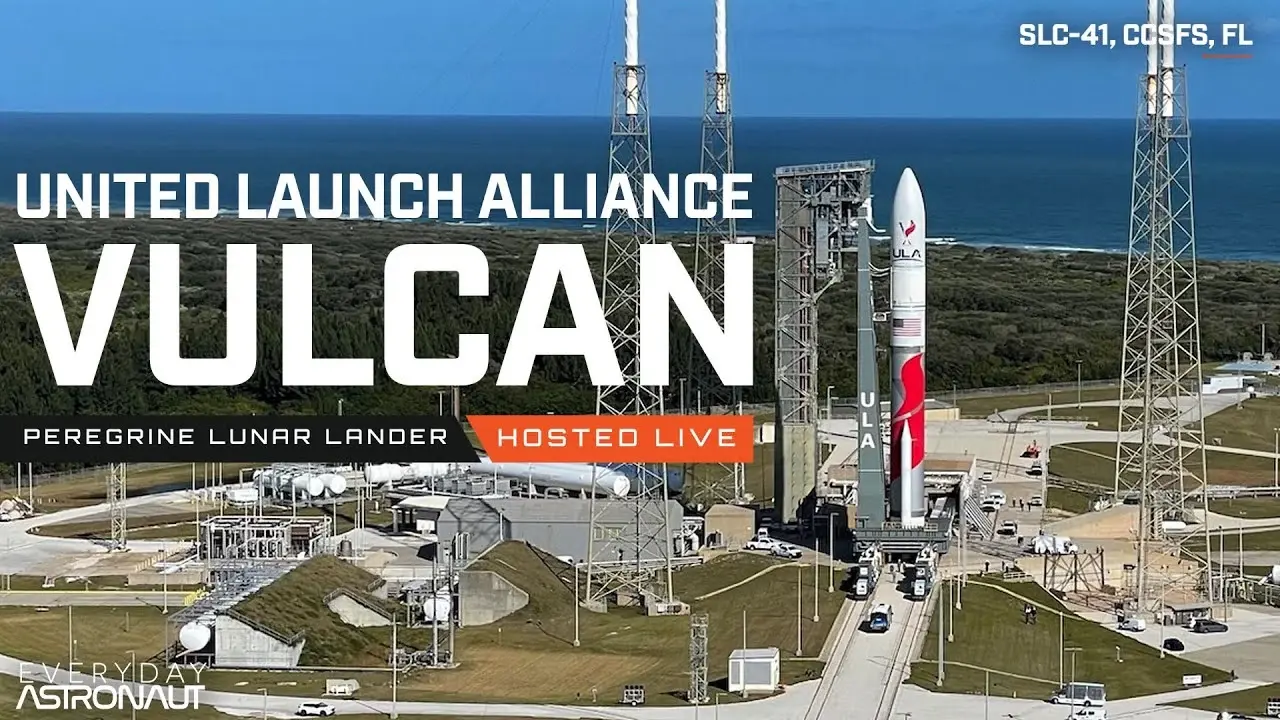

Unless you’re meters have a whole lot more protections built into them than ours I don’t think that they would have anti-islanding or grid frequency protections built in, that latter at least seems like it has to be done at the inverter level.
If it is the case than why bother with any registration or monitoring at all beyond requing a smart meter for anyone with a grid tied inverter?
As for the meter reading itself it’s going to depend on whether the inverter is connected to the gird, and if it is whether or not the inverter is set to grid export or only to provide as much power as the home is using at the time, possibly minus something for reactive power or some such.







Plenty if you don’t want grid tied, otherwise your local utility probably has an list of the ones they’ll accept somewhere. There is a list of things an inverter will have to be certified to be able to meet for grid tied such as anti-islanding requirements, and in this case i’m afraid you’re almost certainly better off to be going with a reseller the inverter manufacturer actually recommends than playing Amazon roulette.
From my understanding here it tends to be easier to just stay off the grid for very small systems, either by just plugging in a few panels to a battery and small dc to ac inverter(with appropriately rated fuses between all connections) or else getting an automatic transfer switch and treating the whole thing like a generator.
That being said RVs and camper vans are a thing here, and there may be some more plug and play systems in that direction but small 12v systems are a bit out of my wheelhouse.